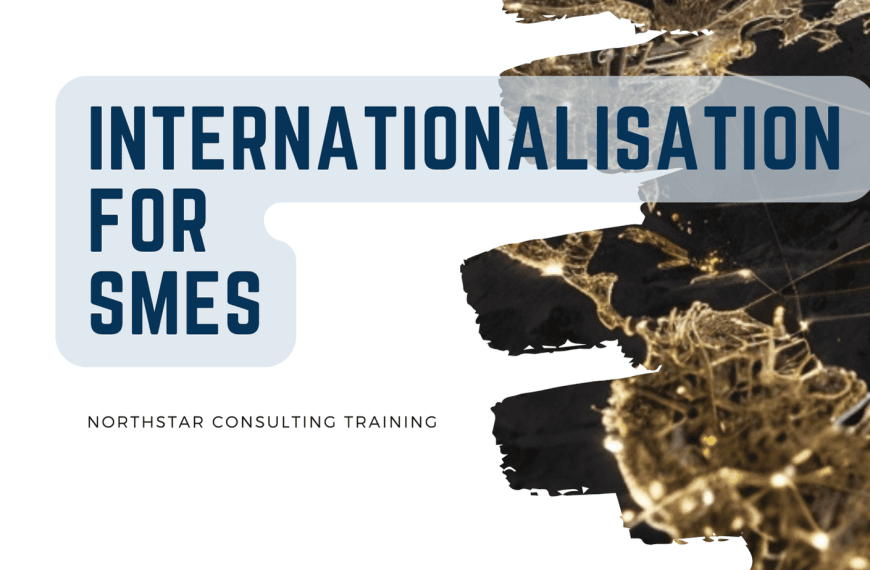Like for the UK, even in the US small and medium enterprises represent a major economic drive. The US Small Business Administration and world bodies such as the OECD have long addressed SMEs’ important role in creating wealth, employment and innovation.
However, the geographic distribution of these businesses varies significantly based on local economies, industry specialisation and regional policies. With the looming presidential elections, SMEs face some uncertainty, as potential shifts in federal policy may affect growth and distribution patterns across states and regions.
Let’s see what this means and what possible scenarios we may have for 2025, based on policy changes or possible shifts in decision-making processes.
Current SME Distribution by Geography (2024)
As of 2024, SMEs are distributed unevenly across the U.S., influenced by regional factors such as industry concentration, economic growth, and population density. California hosts the highest number of SMEs.

However, when examining the contribution of SMEs across different states and sectors, a more nuanced picture emerges.
The flowchart we created integrates insights from reports by McKinsey, the U.S. Chamber of Commerce, and the SBA, revealing regional trends. For instance, Florida has become a major hub for construction and healthcare SMEs, driven by a growing retiree population and housing demand. Similarly, Massachusetts stands out in the financial sector, thanks to its established financial services ecosystem and talent pool, especially around Boston.
This geographic and sectoral breakdown highlights the unique role of SMEs in meeting state-specific demands and contributing to local economies. It is also important to notice that within these regions, urban areas tend to attract SMEs focused on technology and finance as well as creative arts. Rural areas, on the other hand, see SMEs in agriculture, manufacturing and logistics.

State-by-state variations highlight the important role that local policies play. In particular, tax incentives, labour availability, infrastructure investments and available funding that shape SMEs distribution.
Regional Factors Influencing SME Growth and Success
Each region’s unique economic environment plays a critical role in the success of SMEs, with policies that either attract or discourage new businesses.
- State and Local Tax Policies: States like Texas and Florida, which offer tax incentives and business-friendly environments, see higher SME growth rates. Meanwhile, high-tax states such as California and New York impose added costs but still attract SMEs due to access to large markets and skilled labour. This trade-off is critical for international businesses and should be embedded early in any internationalisation strategy, particularly when considering the industry’s dependence on market proximity versus operational cost advantages.
- Workforce Availability: Access to talent varies widely. States like California, New York, and Massachusetts benefit from highly skilled workforces, particularly in tech. However, areas such as the Midwest face labour shortages in manufacturing and agriculture. Investments in agricultural technology may offer solutions, with automation and data-driven farming as potential growth areas to alleviate these shortages. Collaborations between research institutions and local SMEs may enable these technological solutions, creating a robust agricultural innovation sector in rural states.
- Infrastructure and Cost of Living: In the South and Midwest, the lower cost of living and investment in infrastructure are attractive for SMEs seeking reduced operating costs. Meanwhile, higher costs in the West and Northeast may be offset by higher revenues, especially in urban centres with large consumer bases. For SMEs considering rural states, lower setup costs and less competition may present a compelling entry strategy, especially for businesses ready to capture emerging or underserved markets.
While these factors encourage SME concentration in certain regions, challenges like supply chain issues and rising interest rates can disproportionately impact smaller enterprises with limited resources.
Impact of Election Scenarios on SMEs
It would be neglectful not to discuss the looming presidential elections when addressing SMEs in the US.
Therefore, we are going to address them but from policy and SME-focused perspective.
The results of the elections, in the US but everywhere else in the world, often set the tone for policies affecting SMEs: from tax laws to minimum wage regulations.
Historically, tax breaks may have been a great measure in the short term but caused problems in the long term. Likewise, intensive bureaucracy or increased taxes have harmed entrepreneurship and competitiveness.
Here we have dared to explore the potential impact of the 2024 elections on SMEs, through three key scenarios:
Scenario A: Pro-Business Administration
Under a pro-business administration, policies would likely emphasize tax cuts, deregulation, and incentives for infrastructure development.
- Projected Policies: Lower corporate and income taxes, reduced regulatory requirements, and expanded access to capital for small businesses.
- Potential Impacts: This scenario could lead to SME growth, particularly in rural and suburban areas where tax incentives might stimulate investment in manufacturing and logistics. States with strong industrial bases, like Ohio and Michigan, could benefit as federal funds flow into infrastructure, bolstering manufacturing-related SMEs.
Scenario B: Progressive Policies
In this scenario, an administration focused on progressive policies might push for higher corporate taxes, increased minimum wages, and more stringent environmental regulations.
- Projected Policies: Higher corporate and capital gains taxes, increased minimum wage, emphasis on green energy, and expanded healthcare.
- Potential Impacts: Such policies could impact cost-sensitive SMEs, particularly in urban areas with high operating expenses. However, green energy initiatives might drive growth in states like Colorado and California, creating opportunities for SMEs in the renewable sector. Urban SMEs might face increased wage pressures, but rural regions could benefit from expanded healthcare and federal support for education and infrastructure.
Scenario C: Mixed Outcome (Split Congress)
A split Congress could result in policy stagnation, with fewer significant changes to the current business environment.
- Projected Policies: Limited legislative changes with potential bipartisan support for specific issues like infrastructure and small business loans.
- Potential Impacts: With minimal new policies, SME growth might be steady, with fewer disruptions. States that already support SMEs through local initiatives, such as Texas and Florida, might continue to attract businesses, as federal-level policy changes would be limited.
Positioning for Success: Key Considerations for Internationalising to the U.S.
As the 2024 elections approach, the U.S. SME landscape presents both opportunities and challenges for companies considering expansion or internationalisation.
The dynamic nature of this environment, influenced by regional characteristics and the evolving federal policy landscape, underscores the importance of strategic foresight.
Companies should be proactive in their approach, paying close attention to the potential implications of various electoral outcomes, including shifts in tax policy, regulatory frameworks, and government incentives focused on green energy and infrastructure development.
In this context, companies looking to enter or expand within the U.S. market should focus on the following key considerations:
- Regional Market Analysis: Each U.S. region has unique economic strengths and weaknesses. Understanding local market dynamics, consumer preferences, and industry clusters can help companies identify the best locations for their expansion efforts.
- Policy Adaptability: With the possibility of significant policy shifts post-election, businesses must remain agile. This includes staying informed about changes in tax incentives, trade regulations, and labour laws that could impact operations and profitability. Building flexibility into business plans will allow companies to pivot as needed.
- Sustainability Initiatives: As the U.S. moves toward more sustainable practices, particularly in response to government incentives, companies should consider how their offerings can align with this trend. This may involve adopting greener technologies or practices that resonate with environmentally-conscious consumers and stakeholders.
- Networking and Partnerships: Establishing connections with local stakeholders, including suppliers, customers, and government agencies, will be crucial. Forming strategic partnerships can provide valuable insights and facilitate smoother entry into the U.S. market.
- Monitoring Political Developments: As the political landscape evolves, companies should maintain a continuous dialogue about potential impacts on their industries. Regularly engaging with policy experts, trade organizations, and local business communities can provide vital intelligence for navigating the complexities of the U.S. market.
Navigate the Future with Northstar
As we approach the 2024 elections, companies looking to enter or expand within the U.S. market must be proactive in their strategies.
Our team of experts is dedicated to guiding you through the potential shifts in policy and market conditions that may arise post-election.
We provide tailored insights into regional nuances, helping you identify remunerative opportunities that align with your business goals.
What Northstar Offers:
- Strategic Market Analysis: Gain a deep understanding of regional market dynamics and consumer behaviour to pinpoint the best expansion opportunities.
- Regulatory Guidance: Stay ahead of potential regulatory changes and tax implications with our comprehensive analysis and recommendations.
- Sustainability Alignment: Learn how to integrate sustainable practices into your business model to resonate with environmentally-conscious consumers and leverage government incentives.
- Partnership Development: Connect with key local stakeholders and industry leaders through our extensive network, facilitating smoother market entry.
- Ongoing Support: Our commitment to your success doesn’t end with entry; we offer continuous monitoring and strategic adjustments to keep you ahead in a changing landscape.
By partnering with Northstar, your company can confidently navigate the shifting political and economic landscape, positioning itself to capitalise on emerging opportunities.
Let us help you turn uncertainty into a strategic advantage as you embark on your journey in the U.S. market.




